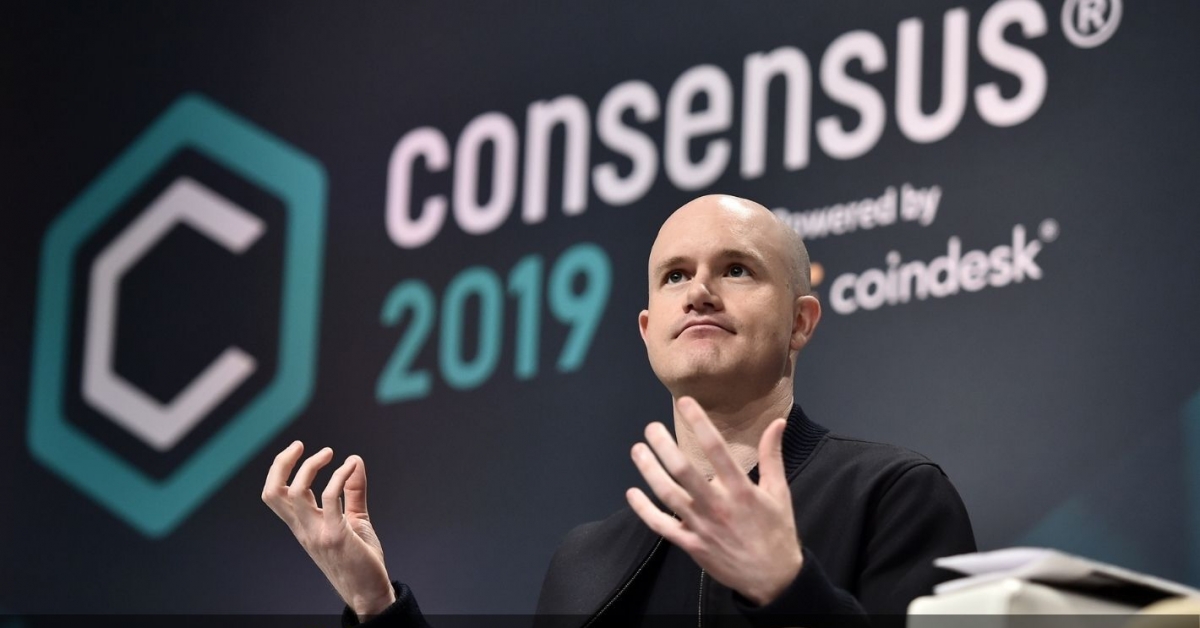Web3 Doesn’t Care About Bitcoin Prices – And Other Musings From Korea Blockchain Week
“What do you do in Web3; What’s your token technology?”
“Crypto” and “blockchain” were downplayed at the crypto conference Korea Blockchain Week (KBW) in favor of newer ideas – and even newer terms to define the industry – over an action-packed 48 hours in Seoul last week.
A packed venue and hopeful cheers from an estimated 10,000 people attending the many Web3 panels could have made one doubt whether the industry remains in one of the deepest bear markets in its young history. Most did not care about bitcoin’s mostly languishing price.
In true flashy crypto style, the venue was much smaller than last year’s KBW – giving the illusion of a packed place that was a function of lower square footage and not higher interest. The prices at the hotel restaurant, however, (30,000 won, or $22, plus taxes for a single piece of cold shrimp) might give even a bull-market crypto chief financial officer pause.
Moreover, there seemed to be no unanimous definition for what Web3 really meant. At the various event booths, some called it the new internet, some took it as an evolution of token-based protocols to NFTs that tie in with entire social cultures, while some proudly wore T-shirts that proclaimed Web3 to “be the future.”
:format(jpg)/cloudfront-us-east-1.images.arcpublishing.com/coindesk/3YZHEYTB4NEM3IJTU4KN456YE4.jpeg)
On the sidelines and in cafes around the venue, crypto’s vulture capitalists searched for shiny new products to invest whatever remaining money they still had. Product founders searched for unsuspecting new users, new users searched for higher prices and prices searched for a catalyst to end the current market lull.
The ongoing absence of a catalyst has sprung forth a reality that rich crypto projects and investors now face – an abject lack of real retail users that drive business revenue (and not just token prices).
In side events attended by CoinDesk, salespeople pitched their tools and analytics software to each other. Just don’t ask anyone to actually pay for these products.
“Bear markets serve as a reality check of sorts, especially for projects without sustainable business models,” Veronica Fong, founder of crypto wallet firm SafePal, told CoinDesk at one such side event.
“Founders are inevitably struggling to raise funds as liquidity is drying up, and some projects are focusing on pitching their services to each other in a B2B-esque approach as retail demand is waning. This isn’t necessarily a net negative, though, as it strengthens the foundation for adoption and usage when market conditions recover (assuming there are genuine use cases and utility provided),” she added.
CoinDesk spoke to locals outside of crypto circles to gauge awareness of the sector. Two taxi drivers had heard, but had not invested, in bitcoin; a few young hotel staff knew about Terra’s doomed LUNA tokens; while an elderly gentleman in a lift called the sector “baby money” with a wide smirk.
What some founders said
Crypto personalities took the KBW stage to project their versions of where the industry is at and where it is going. Most hot topics converged around privacy, scalability through layer-2 blockchains, blockchain gaming in markets like Asia, the ongoing regulatory troubles in important markets such as the U.S. and creating easy-to-use applications that the general masses both appreciate and understand.
Arthur Hayes, owner of Maelstrom Ventures and founder of BitMEX, kicked off the conference with a macro-focused speech. Hayes said that the steepest Federal Reserve rate hike cycle in decades should have killed bitcoin and other risk assets. It didn’t and a new relationship between the two was forming.
Ethereum co-creator Vitalik Buterin – speaking virtually – complained about how Ethereum nodes are centralized and mostly run on servers such as Amazon Web Services, creating a vulnerability for hackers or anti-crypto U.S. authorities to attack.
Buterin noted fixing the node issue was one of the key things Ethereum infrastructure providers and node validators, a term for users who provided computing resources to the network, should work on in the coming years.
Tron’s Justin Sun entered the arena with two models, two bodyguards and two cameramen, commanding nearly everyone’s attention – while making non-crypto hotel guests scratch their heads – in a slow walk to the stage.
:format(jpg)/cloudfront-us-east-1.images.arcpublishing.com/coindesk/FGWH7DZSLFFGXJ4FAWXMI7BI2A.jpg)
Sun claimed the South Korean Tron community was growing, referring to on-chain metrics, and said local developers were focused on building games for the cheap and speedy Tron network.
He added that Asia was “right now the place to be if you’re in crypto,” especially Hong Kong, citing favorable government policies and the interest from developers and users.
Across several talks, founders at Hashed, one of Korea’s premier blockchain funds, said decentralized exchanges, or DEXs, needed to get much more sophisticated than the current cohort of products that allow users to swap tokens in turn of yield rewards. Ideas included creating better code for how DEX order books work to fill trades faster without the concerns of front-running.
Namada Protocol founder Awa Yin announced a privacy mainnet that would let existing DeFi applications plug themselves into the new network easily to offer private transactions for their users.
Among NFT players, @FrankDeGods, creator of the popular DeGods NFT collection, stressed how NFT companies and communities should first take steps to retain current users – amid a more than 90% price slump of 2021’s darling collections – instead of trying to onboarding newer people.
At NFT side events, most developers and holders seemed upbeat about the prospects of these blockchain-based digital pictures in the coming years. An investor, who wished to remain anonymous, explained that future generations may want to show off popular NFT collections as a sign of affluence, instead of physical luxury items such as Rolex watches.
Elsewhere, Yoann Turpin of major market maker Wintermute said Asia’s relatively favorable regulations for crypto businesses and trading companies should foster growth, and therefore revenues, and could mean U.S. companies may have to shift there to enjoy that ride.
Back at the crypto booths, companies tried numerous novel ways to attract conference-goers. Some doled out chocolates, some put a cap inside a locked box to represent privacy, and some had K-Drama part-timers give out actual, physical tokens.
The longest line? For a soft-serve stall near a massive NFT mural. Priorities were in order.
(Sam Reyolds contributed reporting.)
Edited by Nick Baker.









